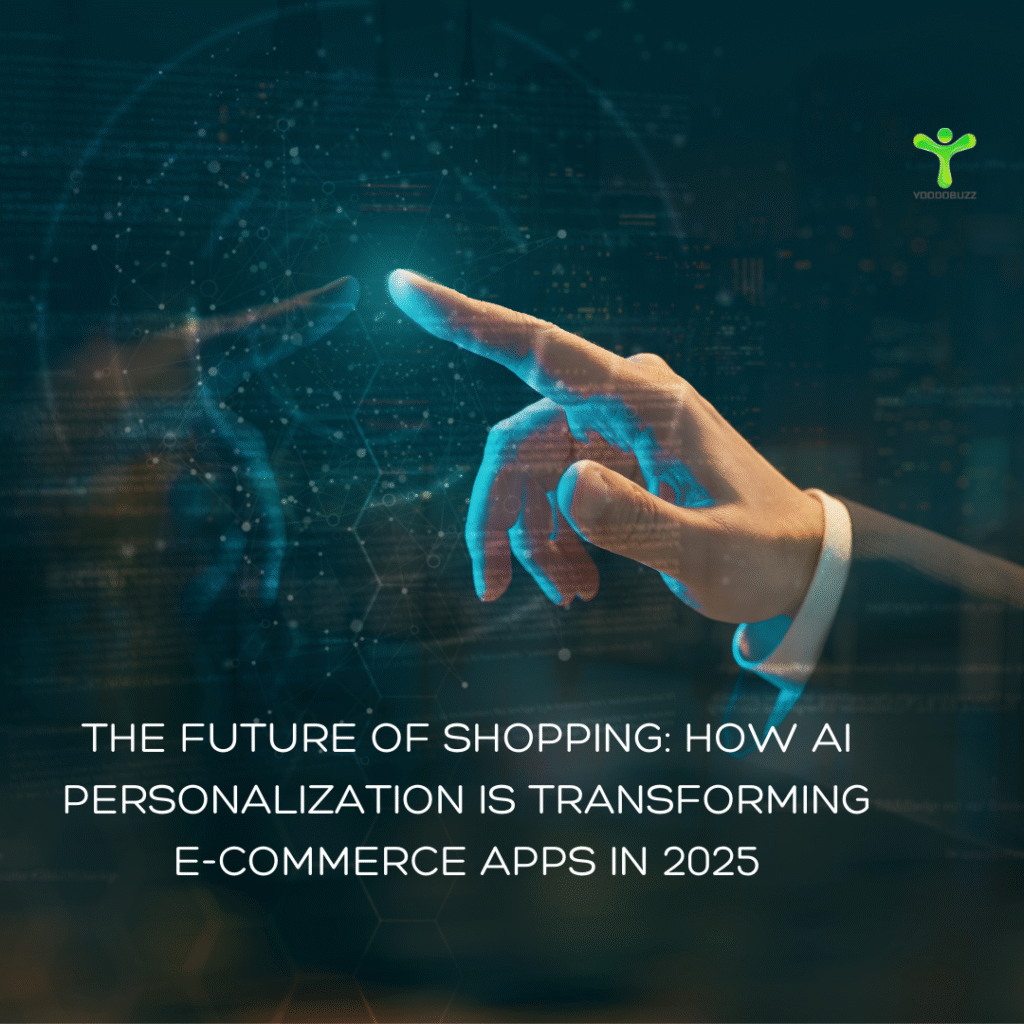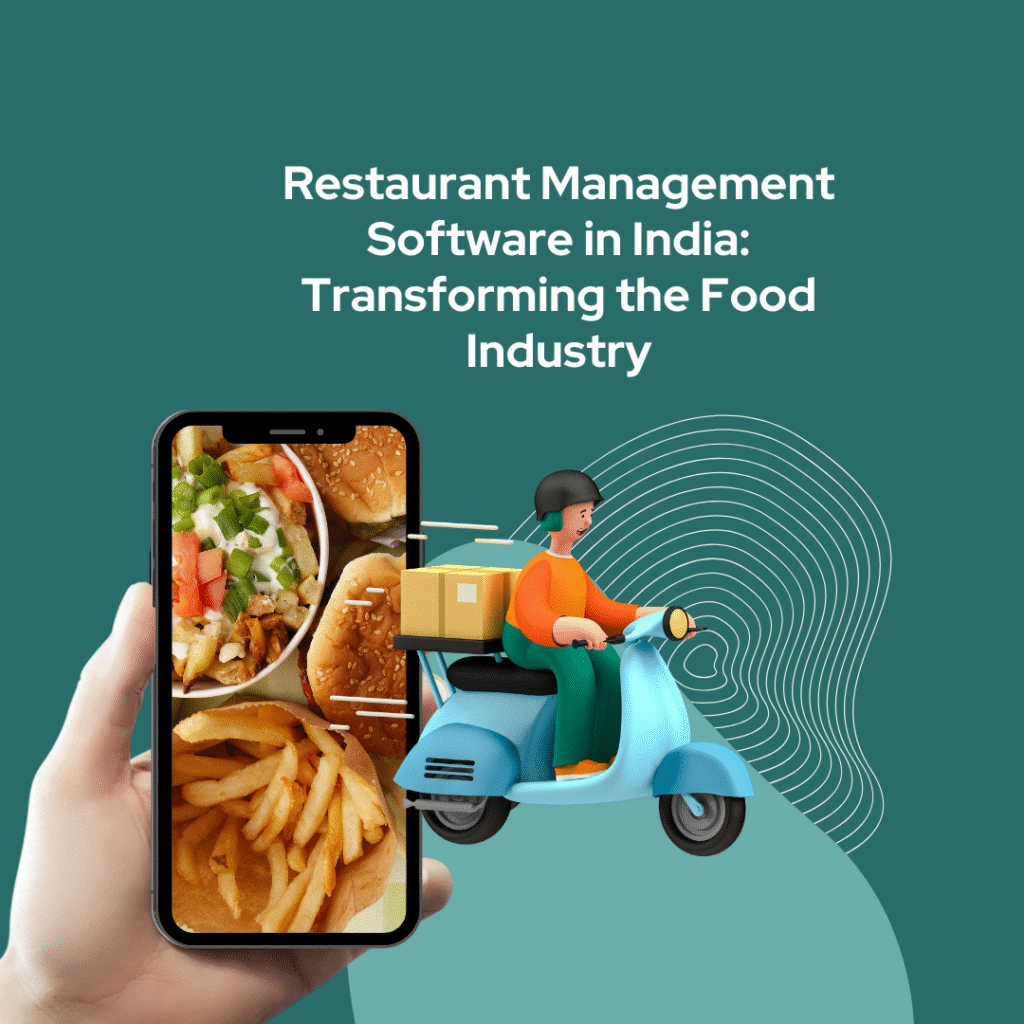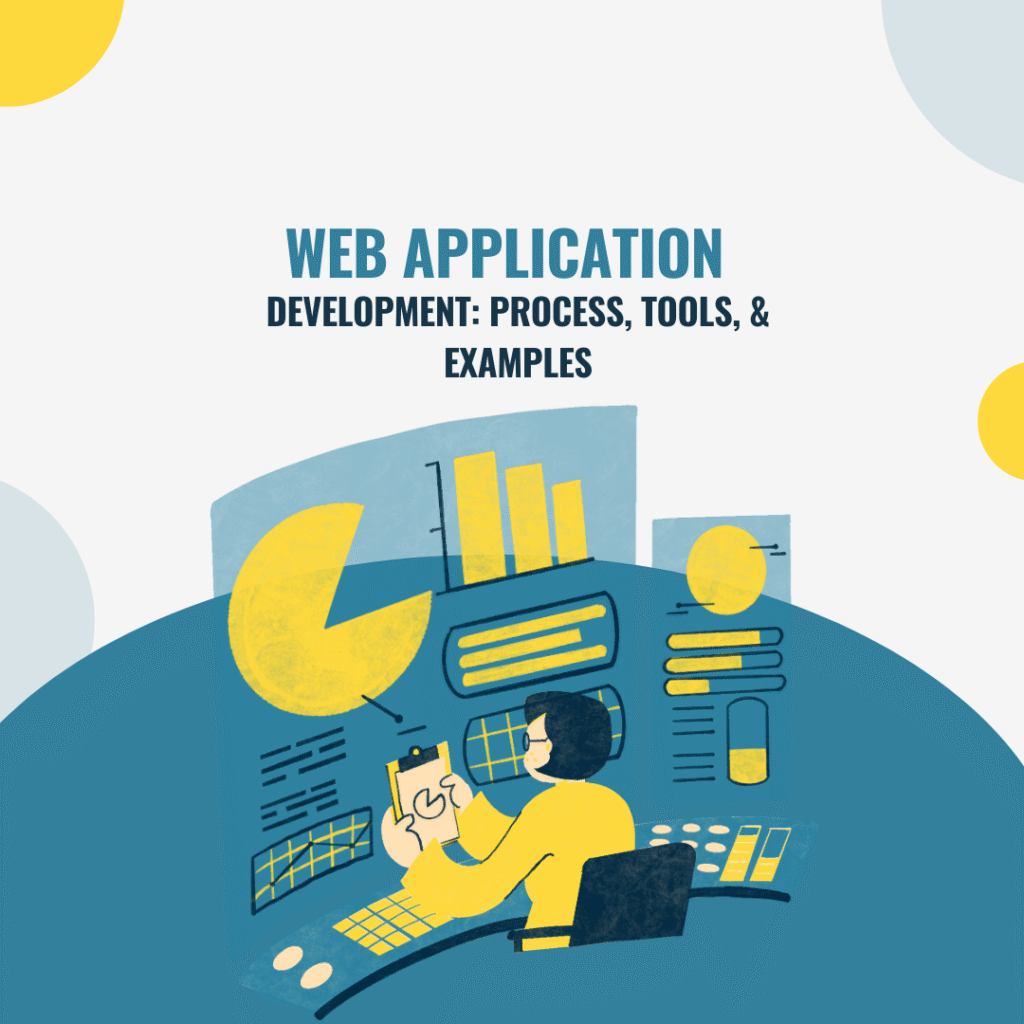The story of e-commerce in 2025 is less about “one-size-fits-all” storefronts and more about each customer seeing a storefront tailored to them. Advances in AI — from large language models and generative systems to lightweight on-device recommenders — are enabling hyper-personalized shopping experiences that boost conversions, reduce advertising waste, and make discovery joyful. Below I break down what’s changed this year, why it matters, and concrete steps product teams can take today.
What’s different in 2025?
Three developments accelerated personalization this year:
AI has moved from experiments to core product features. Brands are embedding generative and retrieval-augmented models into search, chat, product descriptions, and audio/video product summaries on shopping pages.
Platform-level bets make advanced personalization available to smaller sellers. Big platform moves — such as Shopify acquiring AI search companies to add LLM-powered search and discovery — mean merchants without large ML teams can offer smarter, more relevant shopping experiences.
Evidence of business impact is clearer. Multiple industry reports consistently show material revenue and efficiency gains from personalization at scale, with revenue lifts often exceeding 10–15%.
How personalization actually improves app metrics
Discovery & search: Semantic and generative search surface the right products even with vague queries, improving engagement.
Product detail & conversion: Personalized bundles, AI-generated highlights, and dynamic offers reduce friction and drive conversions
Retention & lifetime value: Personalized reminders, recommendations, and loyalty offers increase repeat purchases and brand loyalty.
Common AI personalization features in 2025 apps
Conversational & semantic search
AI-generated product summaries (text, audio, video)
Real-time personalized feeds
Dynamic creative & targeted promotions
LLM-powered conversational shopping assistants
Personalized pricing and bundles
The technical shifts enabling this wave
On-device + cloud hybrid models for speed and personalization
Hybrid data architectures blending real-time signals with profiles
Composable APIs making AI personalization accessible for all merchants
Risks & constraints to manage
Privacy & consent — data must be handled transparently and responsibly.
Bias & filter bubbles — ensure recommendation diversity.
ROI pressure — start with features like semantic search and recommendations for the fastest measurable gains.
Quick playbook: How to start personalization today
Launch semantic search + recommendations and measure lifts.Capture user preferences with consent during onboarding.
Add AI-powered microfeatures like product summaries.
Personalize offers & creative timing based on predicted intent.
Use platform AI integrations to scale efficiently.
Conclusion:
AI personalization is no longer optional — in 2025 it has become the backbone of successful e-commerce apps. From smarter search to hyper-targeted recommendations, businesses that embrace AI see stronger engagement, retention, and revenue growth.At YoodoBuzz, we specialize in building AI-powered e-commerce and retail solutions that bring personalization to life. Whether you need conversational shopping assistants, personalized product feeds, or advanced customer analytics, our platforms help businesses deliver meaningful, customer-first digital experiences. With YoodoBuzz, you don’t just adapt to the future of e-commerce — you lead it.



